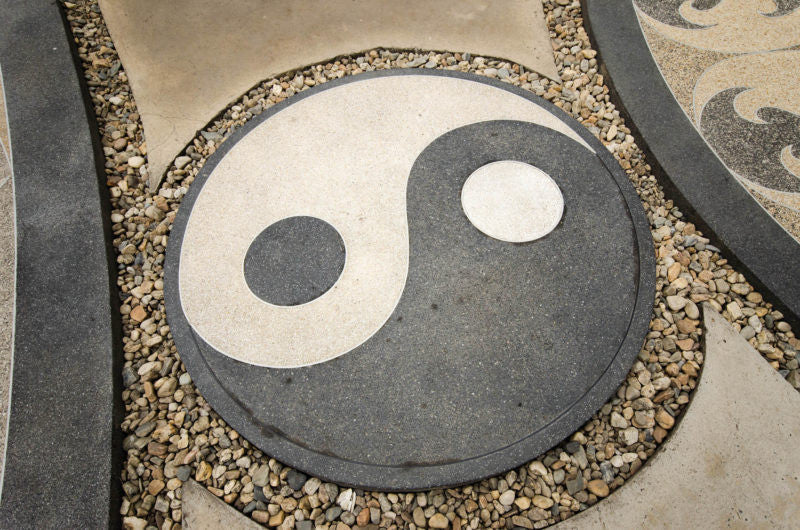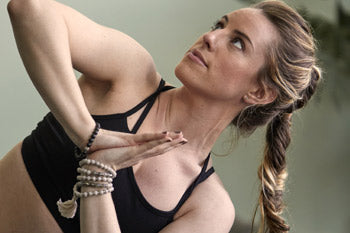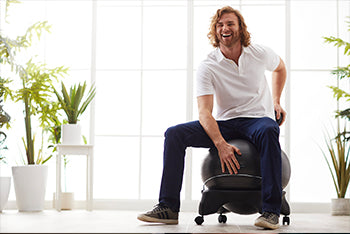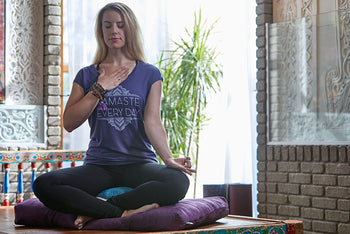Facts about Taoism

Author: E.C. LaMeaux
Based on a 6th century BC document which contains the teachings of Tao Te Ching, modern-day Taoism (also spelled Daoism) is both a philosophy and a religion emphasizing spiritual harmony within the individual and complementing Confucianism's focus on social duty. Taoism has been around in various forms in China for about 2,000 years, and its roots lie in Shamanic traditions which predate the Hsia Dynasty (2205-1765 BCE).
Taoism as a path to peace
Tao equips its practitioners with tools by which to live their lives. The core of Taoism is to reject hatred and intolerance of human differences and live with balance, harmony, perspective, and compassion. While violence is not precluded in Taoism, it is a last resort. By increasing self-awareness and reducing the influence of ego, which is often at the heart of conflict, Taoism promotes peace within and without.
Taoism for reduced worry
Many people do not realize the harmful effects worry has on the body. The body's biochemistry is not able to tell the difference between present, tangible threats in the environment and those that exist solely in the imagination. When you worry, your body releases the same stress hormones as it does when there is a real threat. Worrying keeps your body in a heightened state and can cause dangerous health problems like high blood pressure, headaches, weight gain and insomnia.
Through the practice of Tao, peace and tranquility overcome worry. Tao philosophy contends that worry has nothing to do with the external world. It is simply a product of the imagination during obsession about worst-case scenarios. Practicing Tao gives adherents the tools to live in the present, free from many of the harmful physical effects of worrying.
Taoism for health and well-being
Spiritual qigong, or chi energy cultivation, finds its roots in both Taoism and Buddhism, emphasizing tranquility and self-awareness. According to Ken Cohen, Executive Director and Founder of Qigong Research and Practice Center, health benefits of qigong include improved balance, flexibility, slower respiratory rate, improved circulation and relief from the symptoms of the following diseases: chronic fatigue, cardiovascular disease, and fibromyalgia.
Taoism and morality
Taoists believe sickness is caused by sin and bad deeds that interrupt the healthy flow of chi. Taoist morality is based on the Three Treasures of Taoism: be charitable, be thrifty, and do not push ahead of others. While other philosophies and religions emphasize propriety and achievement, Taoism focuses on being humble and being seen as average by the outside world.
Taoists go with the flow
Rather than fighting the current, Tao followers strive to go with the flow and accept things as they happen. They also refuse to pursue wealth and power.
Taoism can best be described as like a willow tree. Rather that standing erect and resolute against the winds like an old oak tree, the willow bends and goes with the flow, just as Taoists go with the gentle flow of the universe.
Also in Blog

Body Peace & Personal Empowerment

Yoga for Swimmers: Poses for Strength and Mobility







